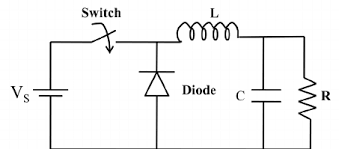You guys were awesome at getting me to understand line amps vs phase amps in relation the battery and controller. But my math is not making sense on the motor side.
(What I got)
Fardriver 961800
QS268 Hub 20kw peak 40kw
Amorge 96v 64AH Lithium 400A Peak 640A
(My Math)
20kw/96v = 208 amps
40kw/96 = 416 peak amps
I was planning on using much more phase amps than that going to the motor obviously. Do I multiply those amps by 3 for a 3 phase motor to get the "Do not exceed" continuous phase amps and peak phase amps the motor can handle? I am not considering BMS limitations on this. Just wanting to know the maximum the motor can handle. I was planning on using 470 max line current and 1500 max phase current, but then my crayons gave me this:
(More of my math)
Continuous = 624 Phase Amps
Peak = 1248 Phase Amps
(What I got)
Fardriver 961800
QS268 Hub 20kw peak 40kw
Amorge 96v 64AH Lithium 400A Peak 640A
(My Math)
20kw/96v = 208 amps
40kw/96 = 416 peak amps
I was planning on using much more phase amps than that going to the motor obviously. Do I multiply those amps by 3 for a 3 phase motor to get the "Do not exceed" continuous phase amps and peak phase amps the motor can handle? I am not considering BMS limitations on this. Just wanting to know the maximum the motor can handle. I was planning on using 470 max line current and 1500 max phase current, but then my crayons gave me this:
(More of my math)
Continuous = 624 Phase Amps
Peak = 1248 Phase Amps







